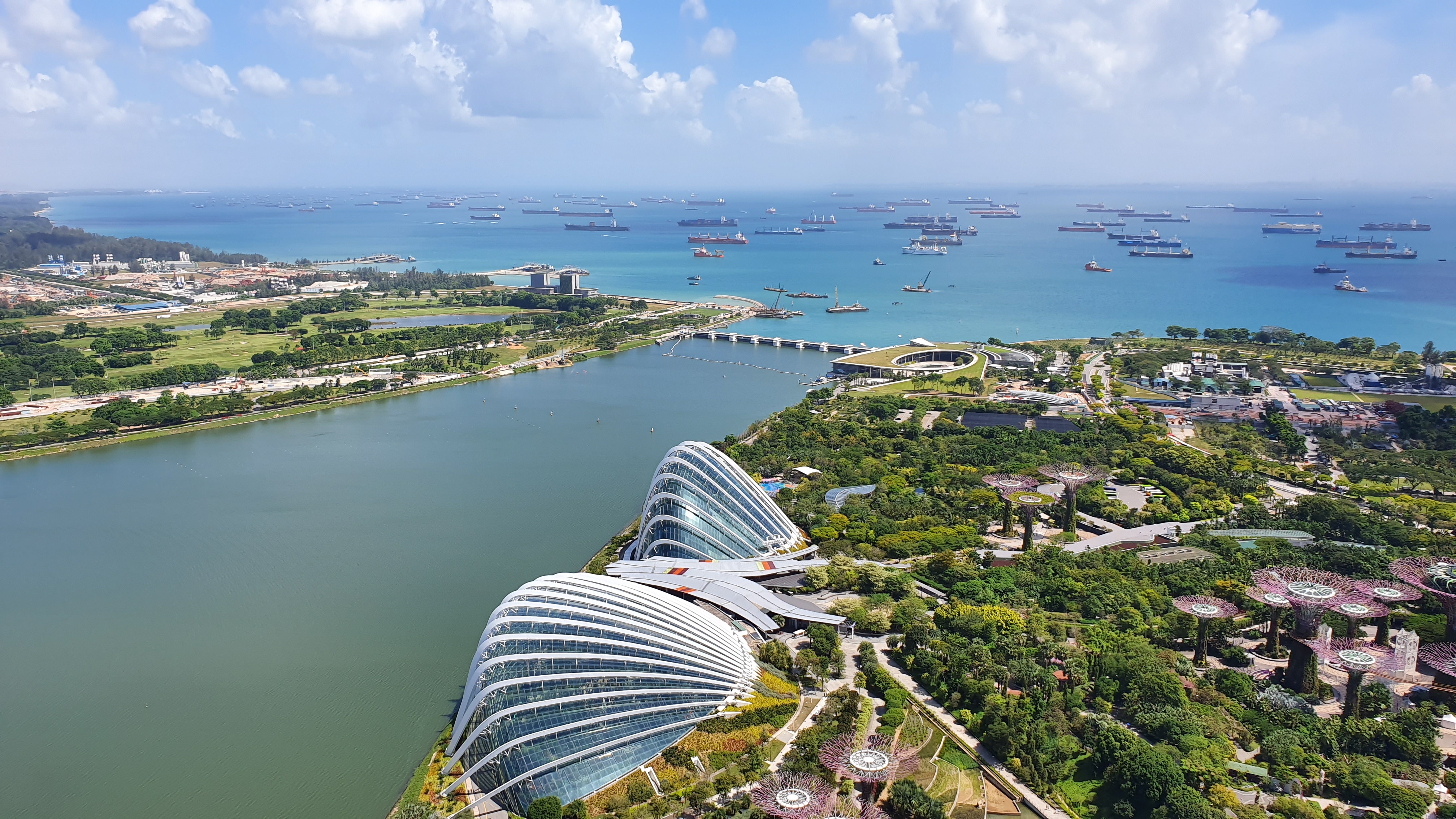
Short Information
Location- Between India and Tibet, China
Total Area- 147,516 km⊃2;
Population- 26 million
Capital- Kathmandu
People- Brahmins, Newars, Chhetris, Tibetans, Gurungs, Magars, Tamangs, Bhotias, Sherpas, Rais, Limbus
Language- Nepali, Maithali, Newari, English
Religion: 75-80% Hindu, 15% Buddhist, 3% Muslim, and the rest others
Government- Parliamentary Democracy
Time- GMT plus five hours 45 minutes
History
Nepal is a historic nation with a rich ancient heritage. Nepal is mentioned in early Hindu Mahabharat and Puranas. Nepal was the most liked place for sages in ancient times, and Nepal is where Lord Buddha was born in 500 BC. The recorded history of Nepal commences from the fifth century, and the famous Changunarayan temple also dates back to the same era. In 602 AD, Lichhavi King Amsuvarma married his daughter Bhrikuti to Tibetan king Strong Tsong Gompo, leading Buddhism to travel to Tibet from Nepal. The Buddha statues Bhrikuti brought to Tibet are still seen in Lhasa's Jokhang temple.
After the Licchavi period, Malla Period started in the 12th century and remained until 1768. The magnificent art and architecture we behold now are from the Malla period. During the Malla period, the nation was scattered as individual states, and British rule in India wanted to take advantage of this situation. And then great king Prithivi Narayan Shah from Gorkha unified the Nepal we know today by conquering every 22 states in battle in 1768.
Then in 1846, the bloody massacre took place, claiming the lives of the all-important figure of the states. The power was snatched from King by an autocratic Rana general. And this marks the beginning of the cruel Rana regime in Nepal, which lasted until 1950.
The Rana regime was washed away by the people's road revolution in 1950, and King again took over the power, dismissed the parliament, and elected the prime minister. The people of Nepal had to wait until 1990 to claim their hard-earned democracy. Nepal then again went into political turmoil as the guerilla war started. Nepal now is a multi-party parliamentary democracy.
Geography
Nepal shares topographical geography with elevations ranging from 70 meters in Jhapa above sea level to the highest point in the whole world, Mt. Everest at 8848.86m. This wide variation in climate facilitates a diverse ecosystem, highest peaks of the world, ice glaciers, deep gorges, exotic mammals and birds, with thundering white water originating from ice glaciers at high altitudes.
Nepal is almost rectangular and is a landlocked nation sharing a border with India and Tibet. The total area of Nepal is 147,181 sq. Km. Nepal's rough east-west length is 800km, and is 200km is north-south length. Nepal is amusing sharing three different climatic variations;
The Terai Plain
The Mid Hills
The Himalayan region
Flora and Fauna
World Heritage Sites
Nepal is the home to 10 UNESCO listed world heritage sites. Out of ten, seven are in Kathmandu within 30 km, making Kathmandu an accessible going destination to all. The world heritage site of Nepal are;
Cultural Heritage Sites
Natural Heritage Sites
National Parks and Conservation Areas
Conservation Area
Climate and Clothing in Nepal
Nepal is an all-season destination but sometimes serves the best experience here. The best time is from October to May to indulge in the beauty of Nepal. Trekking and climbing are challenging from Mid-June till September as Nepal receives rainfall. Summer is the best time to enjoy Trans Himalayan treks in Upper Mustang, Dolpo, Nar Phu valley. Tours and short hikes can be done throughout the year here in Nepal.
Language
The official language of Nepal is Nepali, and English is well understood and spoken here in Nepal. More than 60 ethnic groups call Nepal their home, and over 70 different languages and dialects are expressed here.
Religion
The primary religion of Nepal is Hinduism, and Buddhism co-existing in harmony. 2% of the population is Muslim, and 20-25% are Buddhists. Nepal is the birthplace of Lord Buddha, and Buddhism is well celebrated and received in the nation. Upper Dolpo, Mustang, and other regions also practice the Bonpo religion. Pashupatinath is the most significant Hindu temple on earth, and Lumbini is the most sacred site for Buddhists.
Nepalese Economy
Nepal is a landlocked nation depending on neighbouring India and China for different daily need items, and all luxury items are imported. The majority of the country's population depends on agriculture, and the primary source of government revenue comes from remittance, agriculture and the service industry.
Nepal is developing, and industry is growing gradually. Nepal can easily be self-sufficient in food if everything goes systematically.
Know more about the country